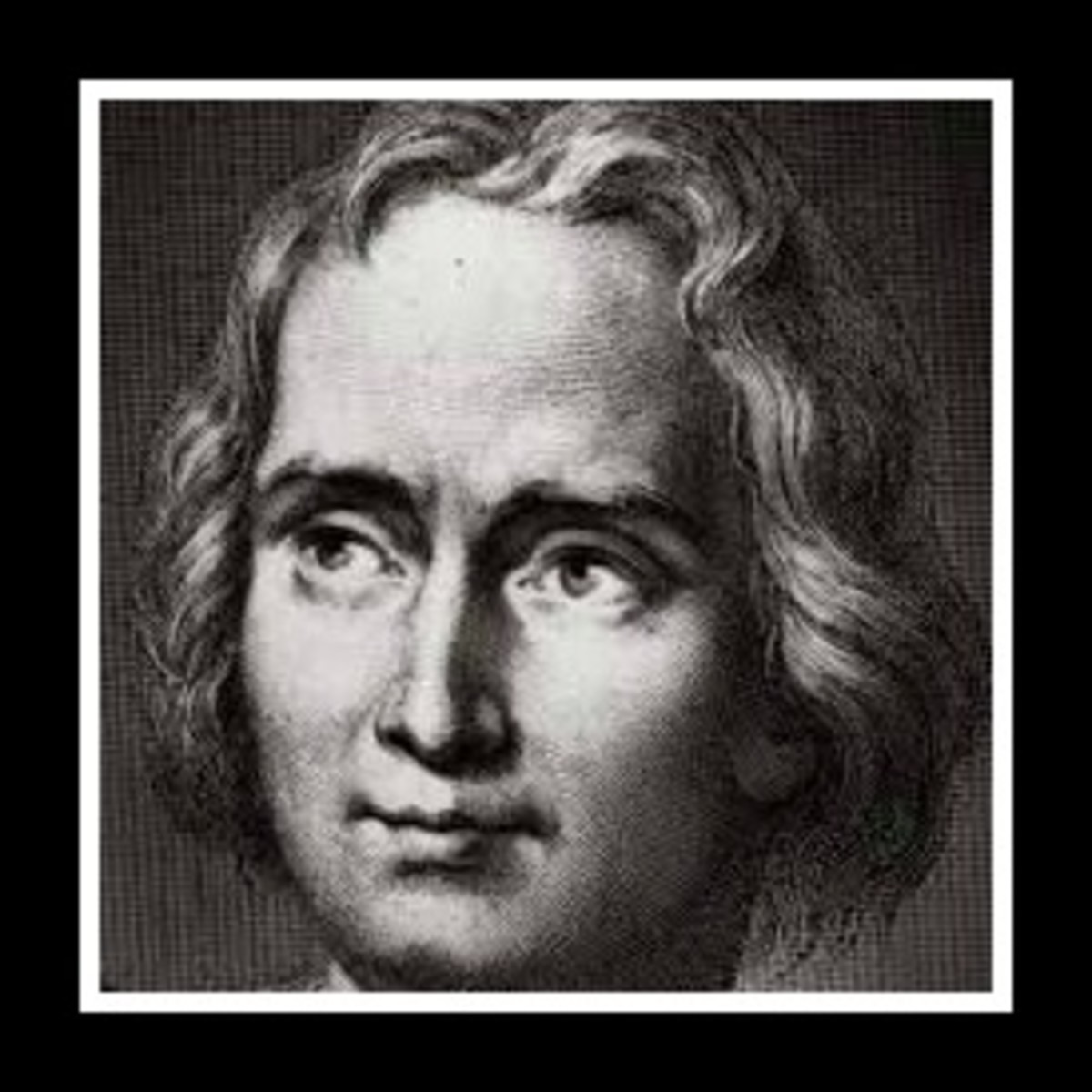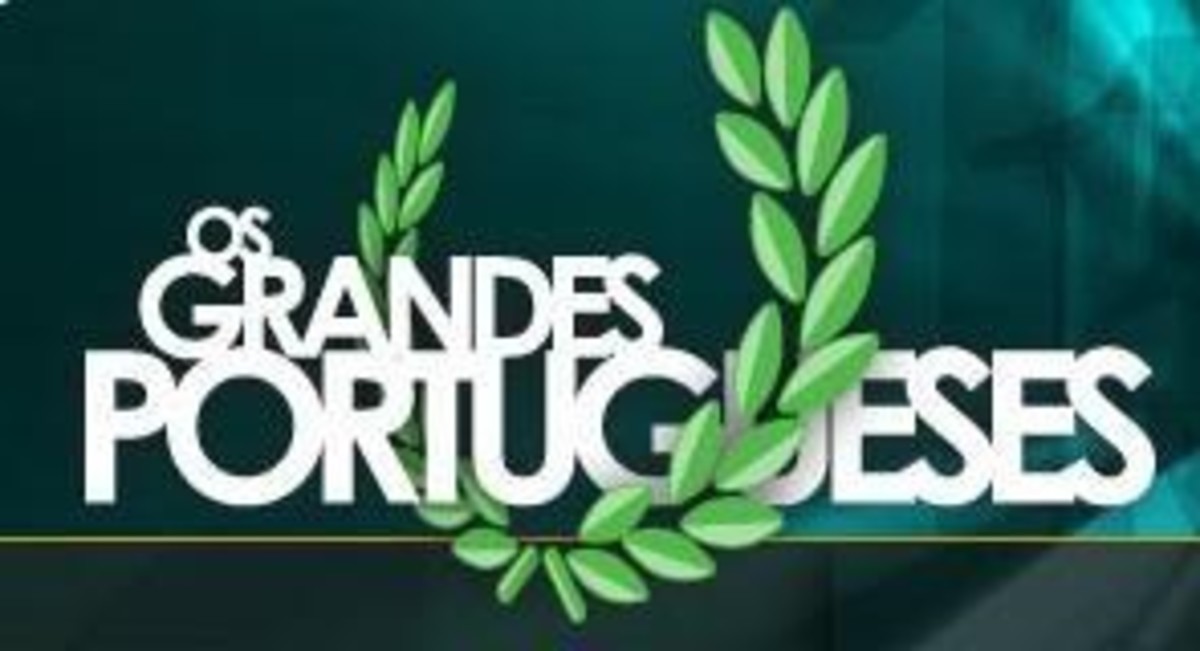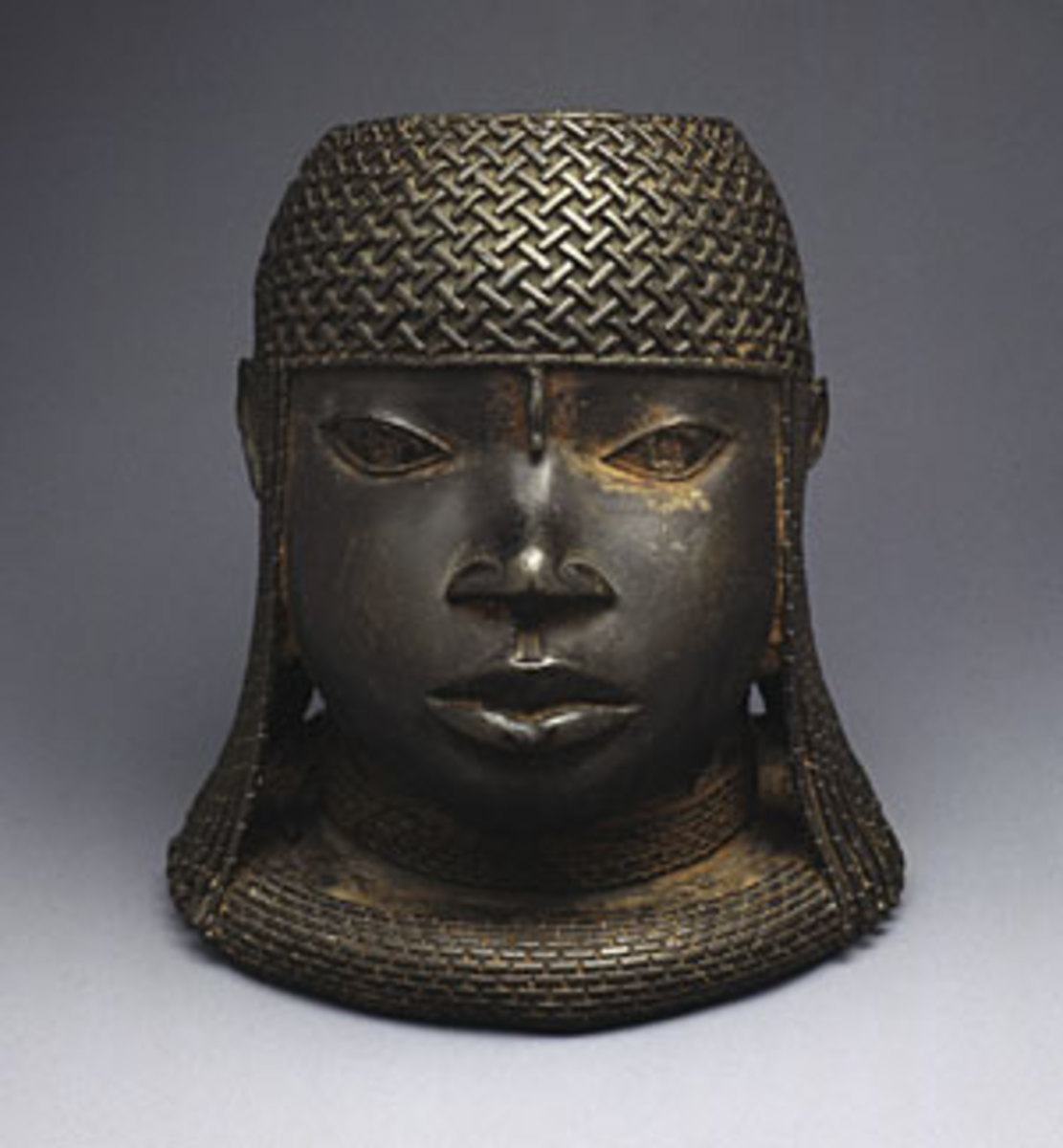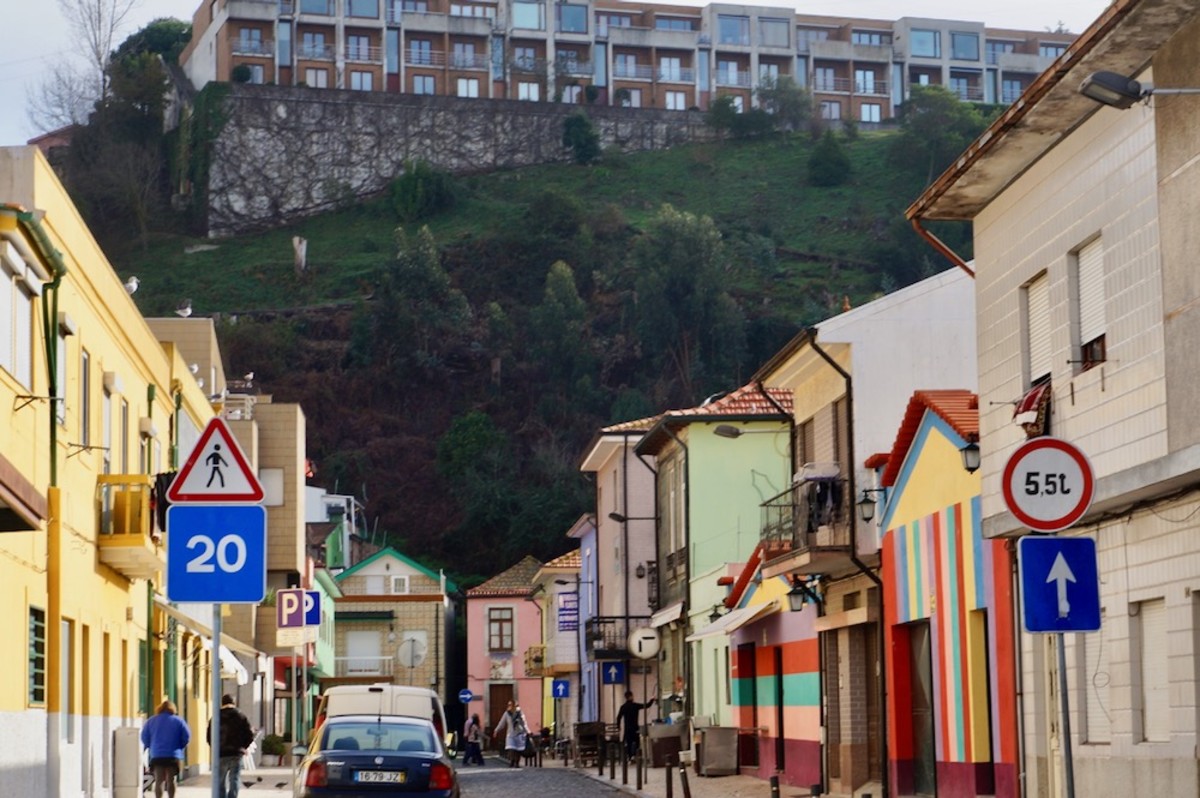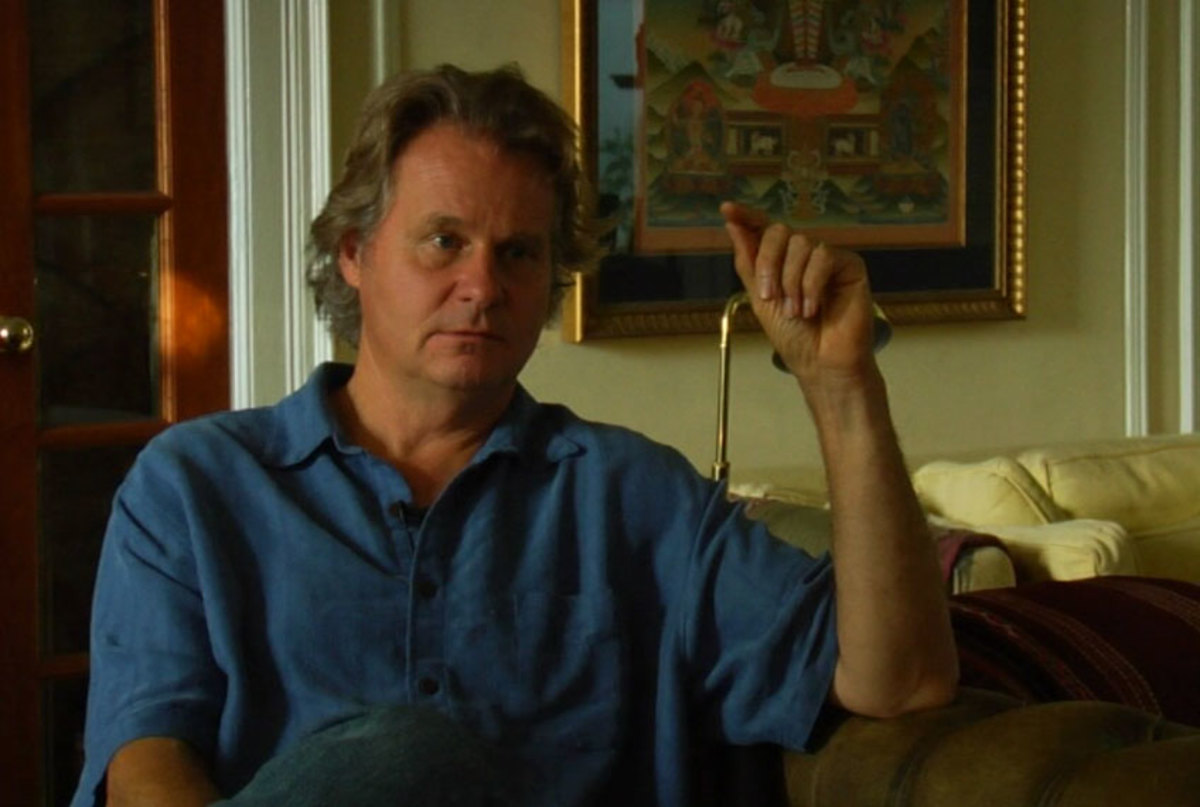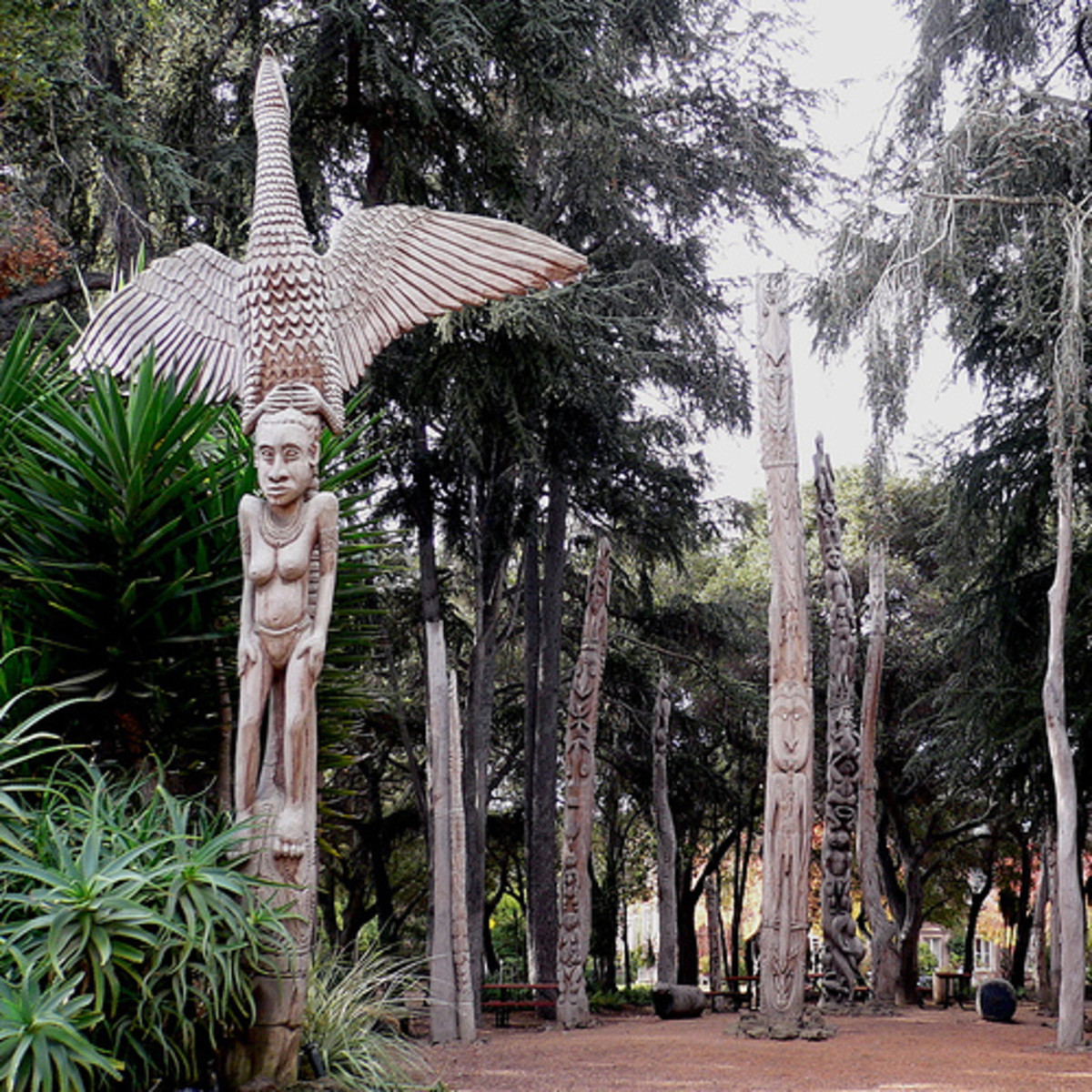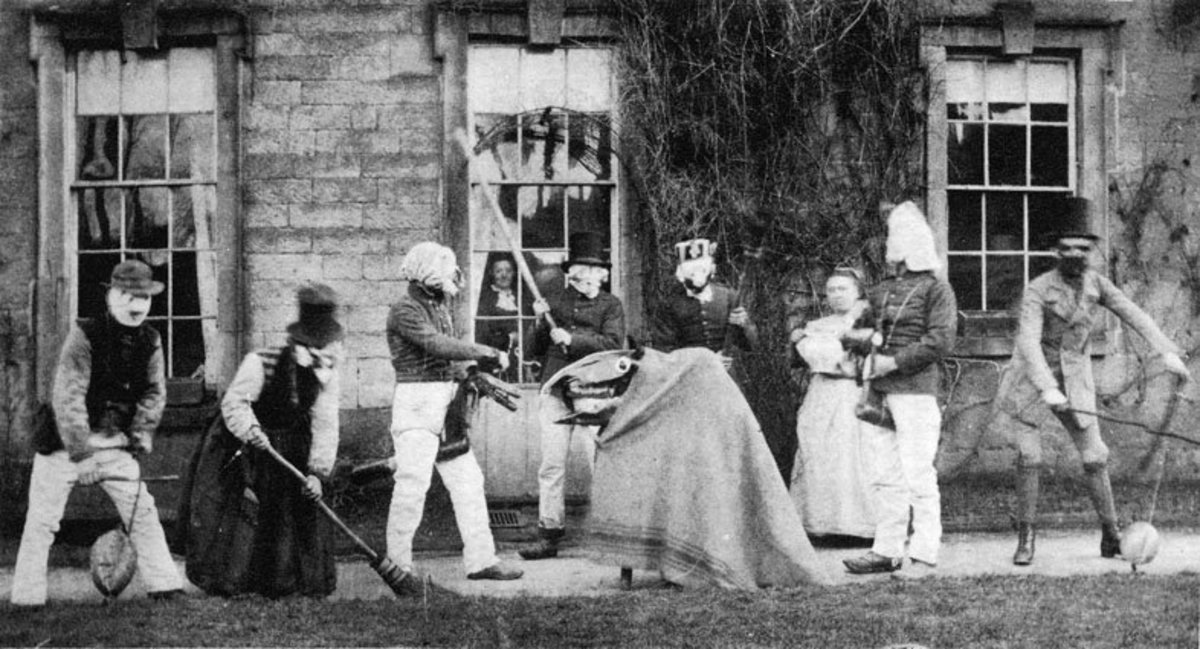Manuel I of Portugal. The Fortunate Spice King.
Today's article will be about another "frontfigure" of Portugal during the Age of Discoveries, the king Manuel I. Manuel is known as "the spice king" and also "the fortunate". It was Manuel that sent Vasco da Gama to find the sea route to India, involved the church in the exploration, and decided to have the Monastery of Jeronimon monks built.
The fortunate. And yes he was.
Manuel was born 31st of May of 1469, when the Portuguese empire was starting to sail into what was going to be their glorydays. But Manuel was actually not supposed to be the king, he was born far away from the throne being the first son of the brother of the king.
It was his cousin, king John II, who appointed him to be the heir, after loosing his ligitime son Afonso, and failed in having his illigitimate son Jorge, "accepted" by the court and the royal family.
Exploring king.
Manuel became the new king, when the king John II died in 1495, only three years after Columbus' "discovery" of America. As the europeans thought firstly that the Carribean islands were islands in the asiatic sea, the king Manuel now looked towards the west to sail to the infamous spice islands.
Manuel was very into the trading part of the sailing business and sponsored a long list of explorers to sail on expeditions, everthing from Vasco da Gama in 1498 (the voyage that led to the discovery of the sea route of India), to expeditions by Pedro Alvarez Cabral, (Brazil), and the explorations of unknown parts of the Indian ocean. Portugal now added more and more foreign territories to their colonisation, and started bringing goods to the mother country.
Built Ribeira Palace.
Manuel was now the king of a never ending well of richness. But this also created problems for him. He got accustomized to grand dinners, and buffets with animals from all over his territories, (it is said that once he had a one man buffet at Praça Rossio eating himself away when the poor peole walked by starving) so he gained alot of weight.
The problem was that he lived in the castle of St George, which is situated up on a hill, with the best wievs. It is said that one day, he had got so fat that he couldn't walk up the hill, so what did he do? Well he was the king, and nobody could say no, so he decided to have another palace built, down by the river, where everything was flat, and that's how the Ribeira palace came around.
Casa das Indias.
The problem for Manuel now, was that he didn't have sufficient space in his capital, for eveything that arrived. So he decided to have a huge warehouse built, a storage facility that was going to house all the merchandise that came with the boats from India.
The construction of Casa da India (the Indian house) started in 1500, and when finished, it was the place where you could find everything from the portuguese colonies. Situated next to the river, and connected through the basement tunnels with the Ribeira Palace, it was the goldmine of Portugal during this time period.
Thinking about the future.
But Manuel now had other problems to solve. He decided that he wanted to get married to the princess of Aragon, daughter to the catholic kings Isabella and Fernando, with the thought that when they died, him and his wife would unite Spain and Portugal into one kingdom.
Manuel travelled to see the catholic kings and Isabella told him that she wouldn't approve of the wedding if Portugal had the jews living there, as Spain earlier had expelled all of them.
The Portuguese had always been tolerant towards other religions, and the jews had lived more or less in peace in the area for a long time. Manuel now gave them the choice of converting to christianity if they wanted to stay. Isabelle was happy and the wedding went through.
The couple had a son Miguel, who sadly died when he was two. The wife later died when giving birth to their second child. Manuel later married his late wife's sister, the second daughter of Isabella and Fernando, but the couple never had any children, and the idea of a united iberian peninsula disapeard.
Church.
Manuel was a very religious man, who spent alot of time and money dedicated to church. He was the one to order the monastery of the Jeronimon monks to be built, although he never saw it finsihed, as it took 99 years to complete. He also ordered that a great number of "church people" (bishops, priests, monks etc) were going to go with the sailors on the expeditions, on a mission to enlighten and evangelise the people in the new territories.
Death by high fever.
In december of 1521, Manuel fell really ill with high fever. The plague was drafting through europe, however, the royals had been "quaratined" in the Ribeira palace, to not be affected.
Manuel was sick for two days, and finally died the 13th of December of 1521. The was succeded by his son, king John III.

